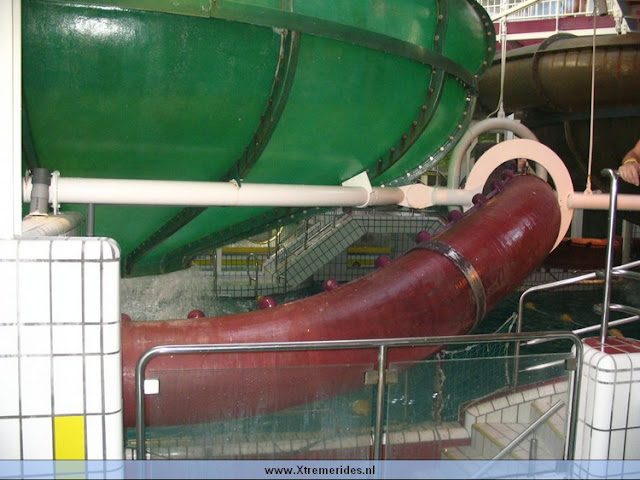Riverton, Alabama, a Damming Casualty (And the Railroad that Served It)
Once located in the far northwestern corner of Alabama, the townsite of Riverton on the Tennessee River is now underwater, after the construction of the Riverton Lock, which began in 1895 and was fully completed in 1911 as part of the Tennessee Valley Authority's efforts to improve navigation along the river. The project was crucial for supporting the growing industrial movement in the region, but it had the unintended consequence of drowning the town of Riverton.
Despite being unworthy of saving, at least in the eyes of those damming the Tennessee River, the area had a rich history, dating within modern times to 1715, though certainly indigenous history played a much older role in the area.
The first major upstream landing on the Tennessee River was Riverton, a former town site in Colbert County, Alabama. Riverton was located on the east side of the junction of the Tennessee River and Bear Creek, across Bear Creek from Eastport. Colbert and Bee Tree Shoals were immediately up river from Riverton and prevented major river traffic between Riverton and Florence, Alabama, for six months of the dry season. This position made it a critical point of navigation, especially for river traffic traveling between the Shoals area and the rest of Alabama. However, the nearby Colbert and Bee Tree Shoals, located just up-river from Riverton, posed significant navigation challenges for much of the year. These shoals made the river impassable for large vessels during the dry season, effectively halting river traffic between Riverton and Florence, Alabama, for approximately six months out of the year.
Before the town was inundated however, a branch of the Birmingham Sheffield and Tennessee River Railway, which later became the Northern Alabama Railroad. This branch, running between Margerum and Riverton, played a vital role in connecting the town to the broader railroad network in the region. The Northern Alabama Railroad itself was a key player in regional transportation but was limited by its connections to other railroads, such as the Memphis & Charleston Railroad, which eventually became part of the Southern Railway.
Despite its importance in connecting Riverton with broader regional networks, the Riverton Branch was a somewhat isolated segment of the larger railroad system. It only connected to the mainline via the Memphis & Charleston Railroad, a logistical constraint that hindered the full integration of Riverton into the larger rail network.
Today, much of the former right-of-way is now submerged beneath the waters of the Tennessee River, effectively erasing much of the railroad's physical presence in the area. The section of the Riverton Branch between Margerum and the townsite is no longer visible, but remnants of the old route can still be traced along Riverton Rose Road. The area now serves as a reminder of the engineering feats that have shaped the region's transportation history, even as they drowned towns and erased communities in the process.
 |
| Site of Riverton, AL. (Tennessee Valley Authority) |
While Riverton's history may be submerged, its role in the development of the Tennessee River and the regional transportation network remains significant.
Thanks, as always, for reading!




The Riverton Lock was not built by the Tennessee Valley Authority nor did it flood the town of Riverton. The Colbert Shoals Canal, as well as the town of Riverton and the lock were flooded when TVA built Pickwick Dam in 1938.
ReplyDelete